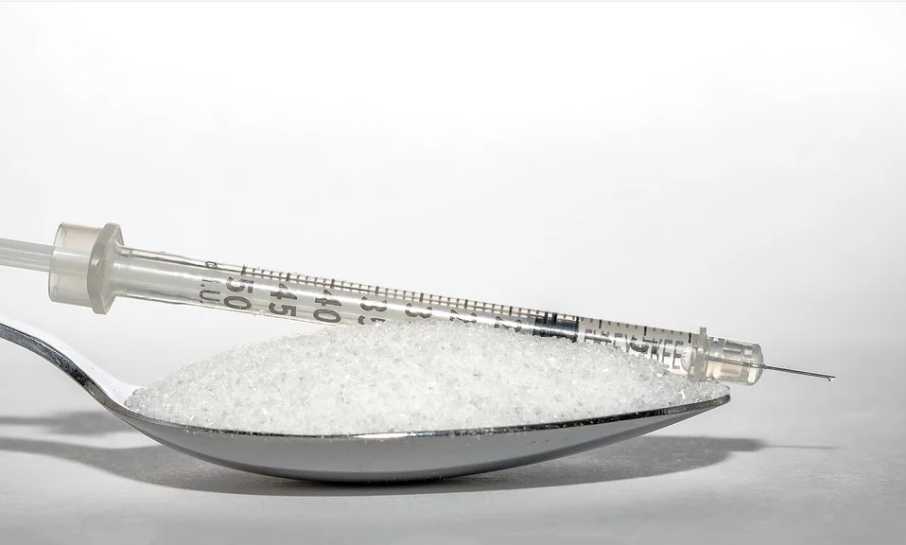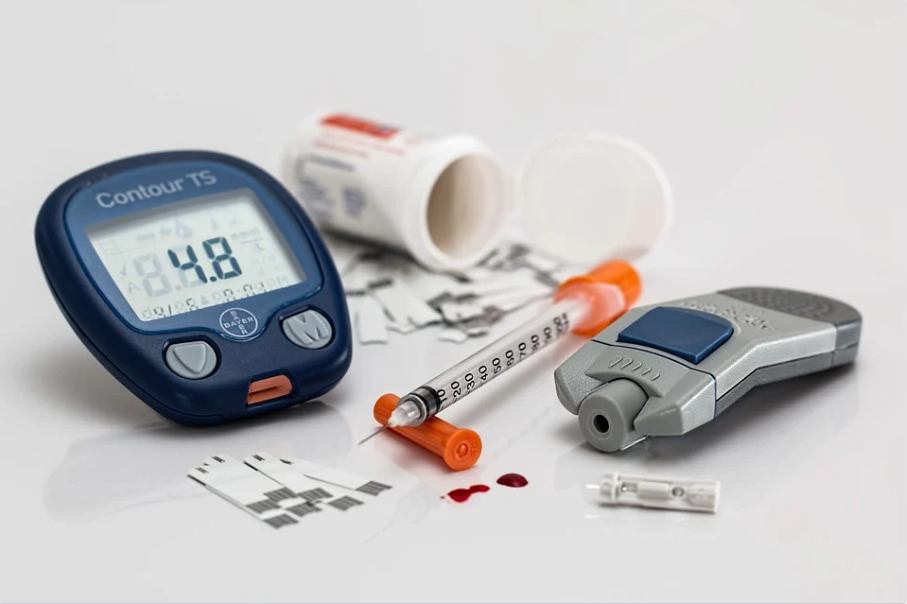What is Diabetic Neuropathy?

One of the common and widespread types of neuropathy is a condition in which blood sugar levels cause injury throughout the body. While signs of the disease can be felt to the extremities of the body, neuropathy affects the feet from the surface. In addition to damage, indicators of neuropathy are irritability, insomnia, and stress. As the vast majority of the study shows, this particular condition is caused by about 60-70% of people. The statistics want to show the seriousness of the battle that neuropathy represents for the health industry as a whole. It happens from time to time that it disappears and leaves you. Discomfort in the feet and palms of the hands, known as tingling, fatigue, migraine, sensation, and sometimes pain. What is so painful? Look at it whenever your life is in motion. It looks like a monster because it hides the fact that you can’t take a bite, and in the nerves. It prevents you from doing it; it holds you back with the feeling that no one else can define what kind of pain or grief; this is and what you are about to do. It’s never easy to live with. It’s typical to recognize. You mean make it easier or bear the intermission.

Diabetic neuropathy is nerve damage caused by diabetes and is described as a sensory reduction that starts at the ends of the toe and continues on its way. The bacteria in the sock could be called diabetic neuropathy because it also progresses when someone has worn a hose. Feet and palms can be affected. Nerves make it possible for people to feel or touch sensations such as headaches, heat, or cold. Motor nerves control muscles and allow movement. Nerves function without our awareness or control. One reaction can be sweating. Nerves are the first and most commonly affected, although any of these types of neural bands can be affected by neuropathy.
The Cause
The reason for diabetic neuropathy is well known. There are many theories, but high blood sugar is thought to cause chemical changes in nerves and blood vessels that carry oxygen and nutrients, affecting their function. The idea that people with diabetes are susceptible to nerve envelopes? It is believed that susceptibility is due to the amount of this nerve in the intestinal sugar metabolism. Put, when the nerve swells in addition to the cells and ligaments that press on the nerves
Treatments and Drugs
You’ll find remedies, and there aren’t any. There are tons of treatments. It is hoped that neuropathy can be promoted or reversed with drugs such as nerve growth factors, myoinositol, protein kinase C-inhibitors, vasodilators, and C-peptide. The analysis did not give effective or consistent results.The mainstay of therapy for neuropathy will be to pay attention to the signs. In people with neuropathy, it may be necessary to prescribe medication to relieve pain. Prescription drugs include amitriptyline, desipramine, and nortriptyline. Each of these medications is also used to relieve pain and as a sleep aid. Citalopram, fluoxetine, sertraline, and paroxetine are usually better tolerated, but they may tend to alleviate pain. Already in September 2004, the FDA accepted duloxetine. This is the first drug. Gabapentin has become a cure for diabetic neuropathy. It turned out to be a perfect treatment. There was a controversy around this drug when the manufacturer started promoting it. Doctors use this drug for treatment. It created drug A. Pregabalin is superior to Pregabalin and has fewer side effects than Neurontin. Antiepileptic drugs that have been taken regularly, Tegretol and Dilantin, can be used in conditions.
Therapy
The therapy uses energy. Diodes are placed in pads that can be applied to the skin on the surfaces of the feet. The idea is that strength can help stimulate blood circulation and thus restore functionality. Anodyne, published in 1994, received mixed reviews but has gained popularity in recent decades. A series of research studies on the relief and pain relief of signs of neuropathy have shown reduced results. Anodyne has been used for the treatment of ulcers and

